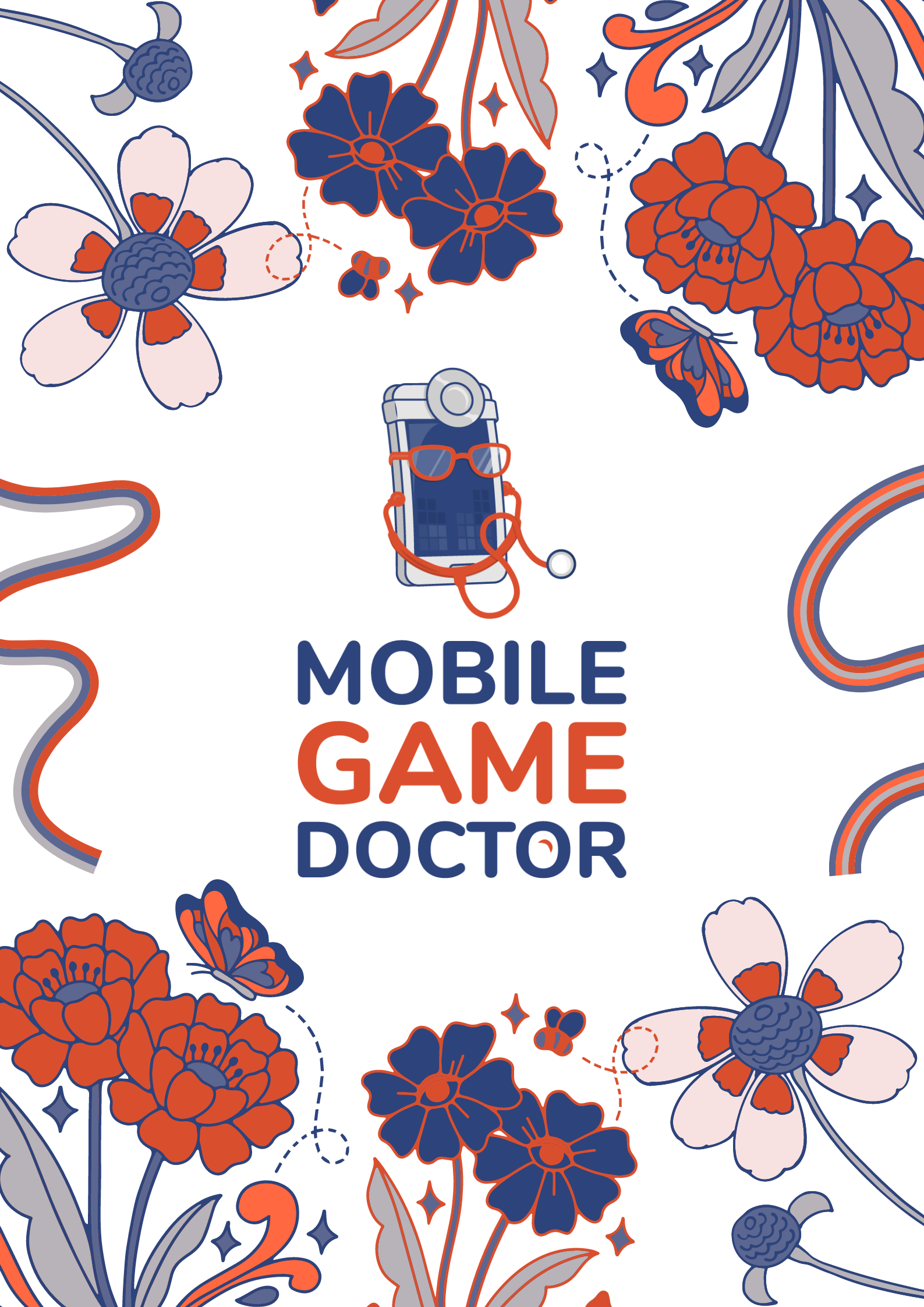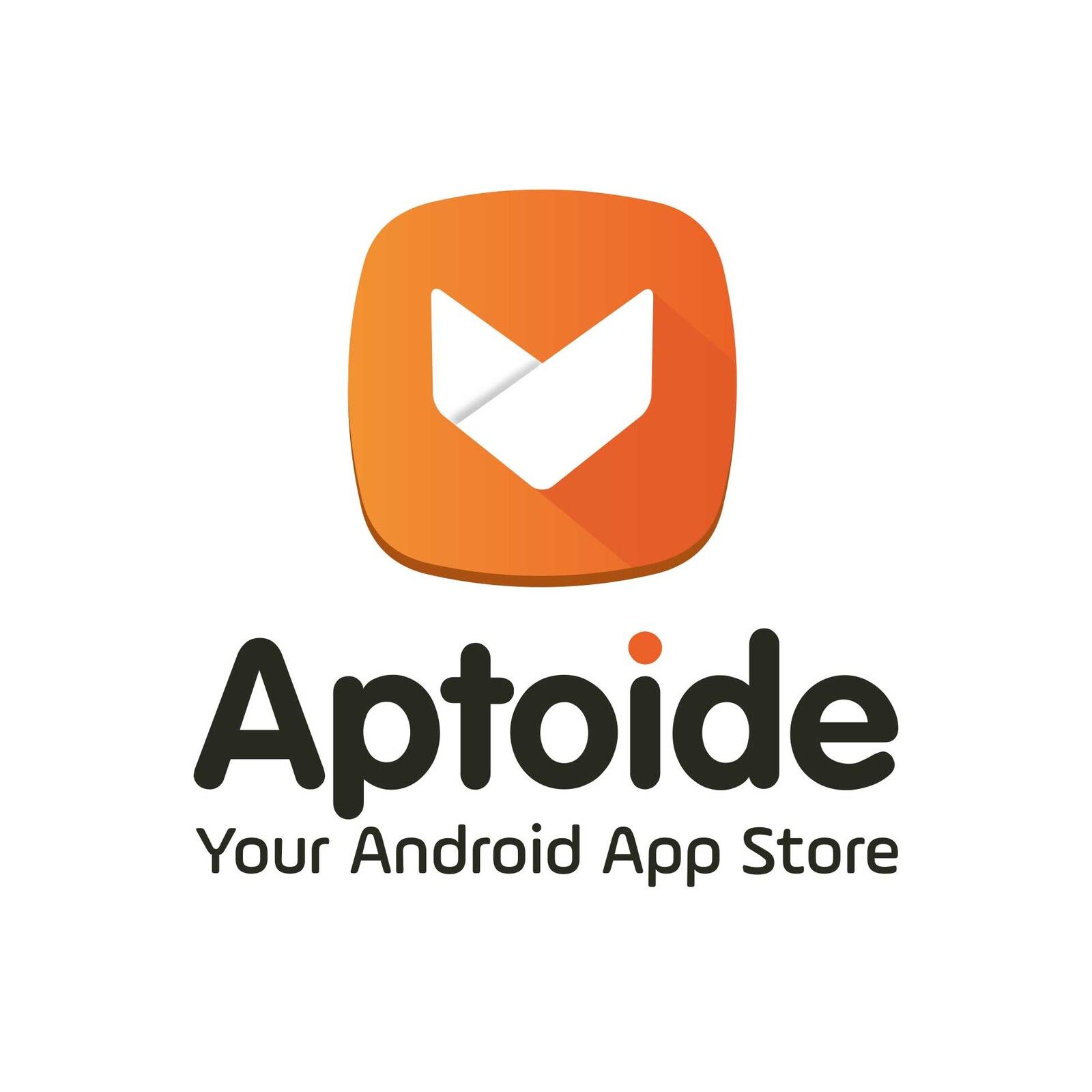Social Systems in Monopoly Go!
Player retention and LTV are perennial drivers of game development. Even with sufficient initial splash to gain the critical mass of players, keeping those numbers requires planning and building your games accordingly. The ubiquitous, ever more powerful smart device, connecting players 24/7, brings mobile games into the spotlight in a way that requires examination of how to improve those key metrics.
A host of methods for increasing retention and LTV exist. Daily activities or rewards help encourage players to login every day and create a habit. Rewards that build over time help cement that daily activity until it has become ritualistic. Infrequently discussed, however, are Social Systems which are among the most powerful methods.
Simply put, a Social System is an underlying game system that supports or encourages social connections and interactions. Social Systems were suddenly critical as multiplayer spaces became omnipresent, creating opportunities and problems. Over time, social connections become many players’ primary reason to continue playing.
To maximize the impact and utility of Social Systems, they need to be built into the underlying game, requiring investment in development up front, but the ROI can be enormous if it doubles or triples your LTV. Once those systems are in place, however, leveraging them is very low cost.
If you are currently paying any attention to games, it’s nearly impossible to be unaware of Monopoly Go. So, let’s look at how Monopoly Goplayers are connecting.
1. Create a Daily Habit or Ritual
Monopoly Go has heavily leveraged this particular method of player retention with numerous mechanics. The first one of these systems would be, as the name would indicate, “Daily Treats.”
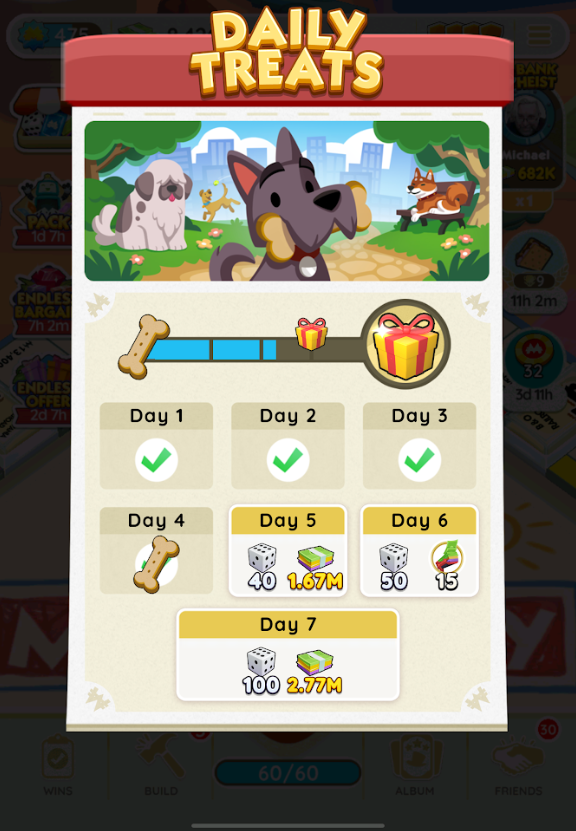
Log in to the game for the day and it will pop up; there are 7 “treats” which are preset and displayed so that the player can be incentivized to build their way up to the Day 7 reward. The artwork is cute and playful, providing a light interaction while cementing the desire to log in ritualistically which is very sticky and compelling.
A second method is a free bonus every 8 hours, incentivizing players to log in more than once daily. And, as it’s as easy as taking out your phone, the barrier to building that habit is very low. The more often you can get players engaging with your game, the better, until becoming genuinely tedious. A hit for 3-5 minutes every few hours could be the key to keeping your players thinking about your game, talking about it, and evangelizing your game.
2. Other types of engagement
They’ve supplied a range of special events which drive retention as players get some excitement, involved actions, and anticipation of the next one. These events can be a few minutes or a few days. Things like increased payouts for a time period, particular board spaces paying out differently during the event, sticker collection of different sets over time, and so forth all act to get players engaging for as long as possible.
Particularly interesting are the Prize Drop which simulates a pachinko machine and the Cash Grab where the player “grabs” money that drops from the top of the screen. These 2 mechanics stand out because they diverge significantly from ordinary Monopoly dynamics. No one associates any kind of frenzied activity with Monopoly, and yet systems like this provide an emotional boost that helps make a relatively dull board game far more dynamic and engaging.
3. Social Systems and Engagement
During onboarding, Monopoly Go offers to import your contacts and invite your friends to play, the first Social System you encounter. Many people skip this; it will import your “friends” and use them to generate your game encounters.
The first in-game system to really dip into the Social side is your daily update on what has transpired while you’ve been logged out. This is a handy list of the players you might want to target in the game as they’ve attacked you and done damage, including thefts and rents. For players who cherish competitive play, this provides a Revenge list for the day.
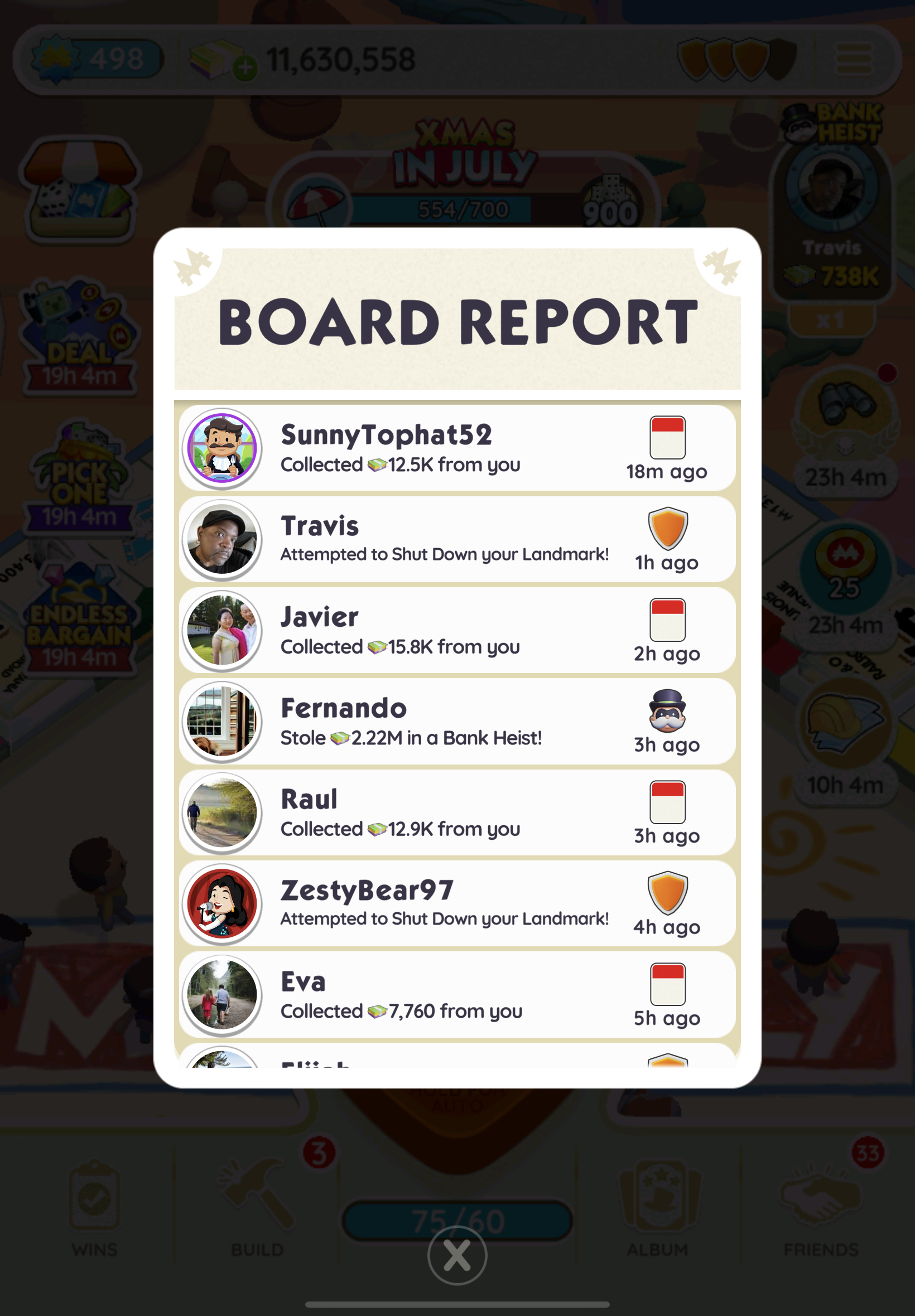
The other social interactions are solely based on Bank Heists, Shutdowns, and rent collection. Rent collection is a bit more personalized with the friend’s icon displayed occupying the space and flashing when an interaction takes place. Bank Heists and Shutdowns are both triggered by landing on a Railroad; the system chooses a random friend to either rob or try to shut down their Landmark (re: houses & hotels in the board version). Shutdowns enable the player to target a different player with the last transgressors who have stolen from or attacked the player or attack a random player chosen by the system and offer visuals of other attackers.
Community Chest is the exception here: the Community Chest has a little minigame to determine the payout using a grid of your friends and the conceit being that they’ve worked together to get you this prize. It’s somewhat stark in contrast to the others and is not nearly as compelling.
4. Untapped Potential
Social connections are proven to increase retention. With the single exception of Community Chest, all player interactions are competitive. Many players are not particularly motivated by competitive play and prefer cooperative modes of play.
The Friends list is also very interesting in terms of untapped potential. I have more than 30 invitations from perfect strangers currently. The game, however, provides no incentive to make these random connections with people who will then be more likely to target me.
A friends list can be very powerful. Apps like Duolingo, a language learning program, allow you to team up with friends to complete quests, making the quest less rote, more fun, and more motivated (as someone else is depending on you); it also allows you to send gifts to a friend. These sorts of Social Systems help the player feel more personally invested and positive about the interactions they’re having, strengthening ties to the other players, and, therefore, playing your game with increased retention.
Conclusion & Final Notes
Having well-designed, satisfying Social Systems designed into the fabric of your game helps to aid in playing retention and LTV. Having a good understanding of what motivates your specific players advises which Social Systems fit best with your audience. Monopoly has a long tradition of rather cut-throat play so choosing to focus on the competitive elements of social connections makes sense for this title. This required them to analyze play style for the title and try to match the systems they implemented to match which does involve up front costs in creating the underlying game though ROI more than justifies it.
As you are developing your title, give some deep thought and consideration to ways you can leverage the Social Systems you choose to implement. What are your players needing in terms of connection? Do they need cooperative play, competitive play, group play, or a mix? Once you’ve created the right blend of Social Systems for your game, it’s inexpensive to leverage them constantly. And keep players coming back. To paraphrase Field of Dreams, “If you build it, they’ll stay.”


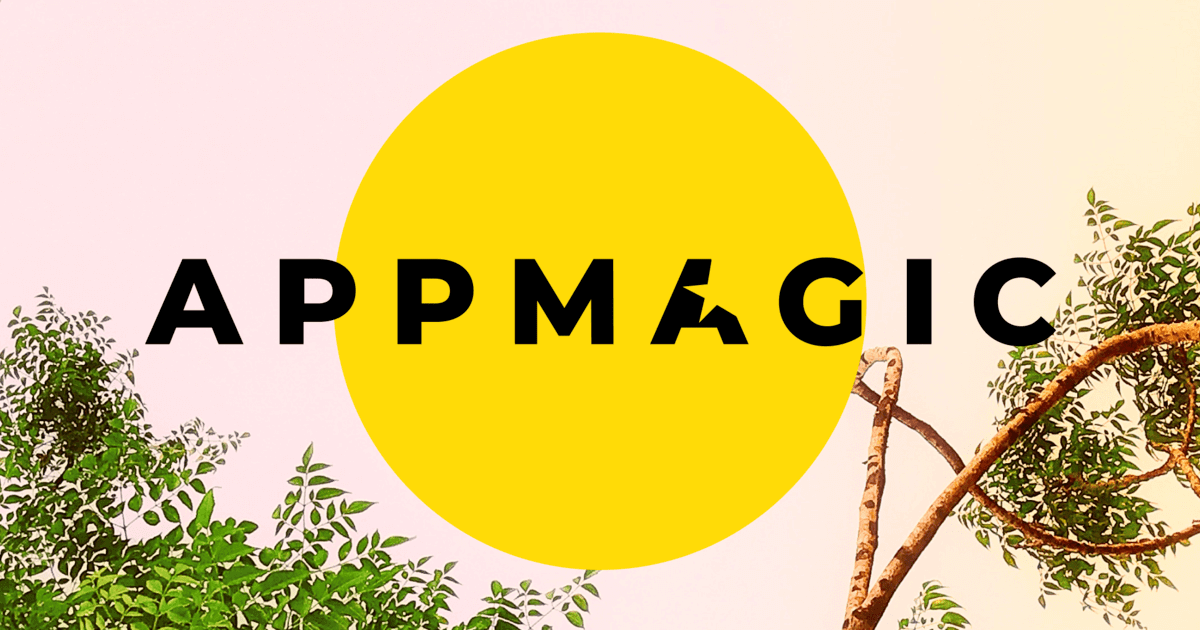
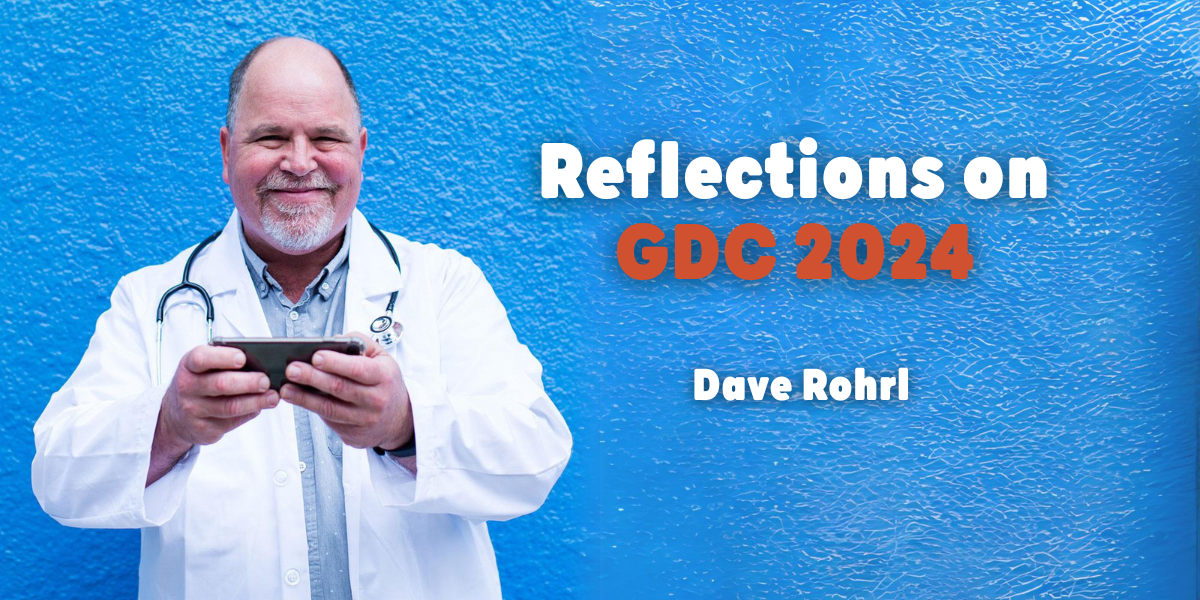
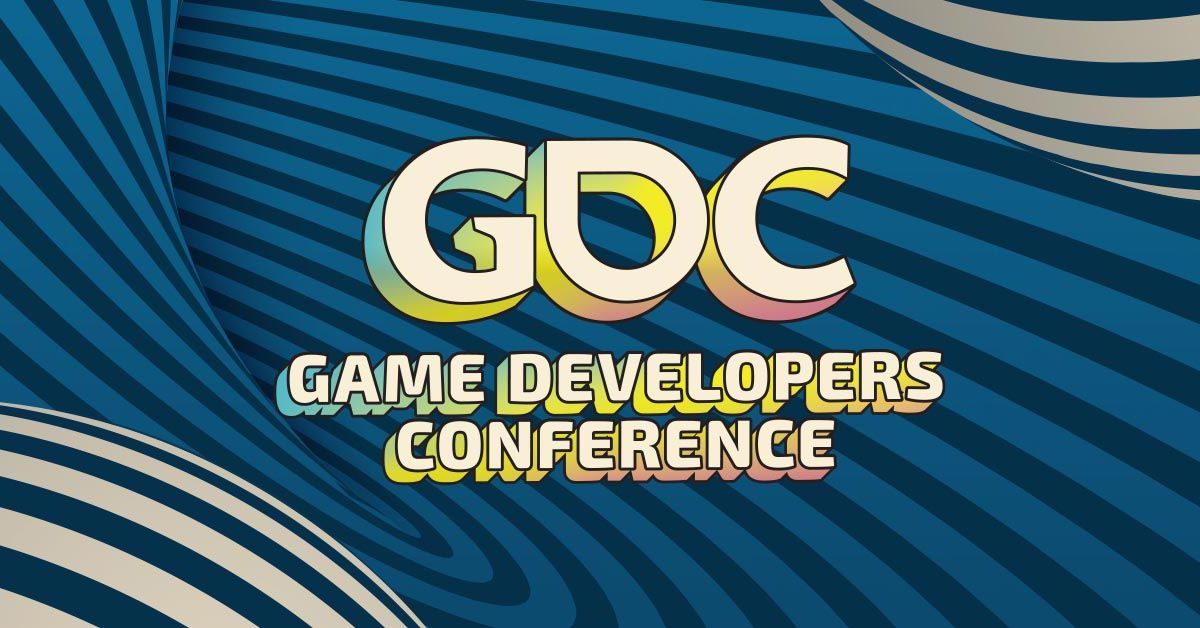
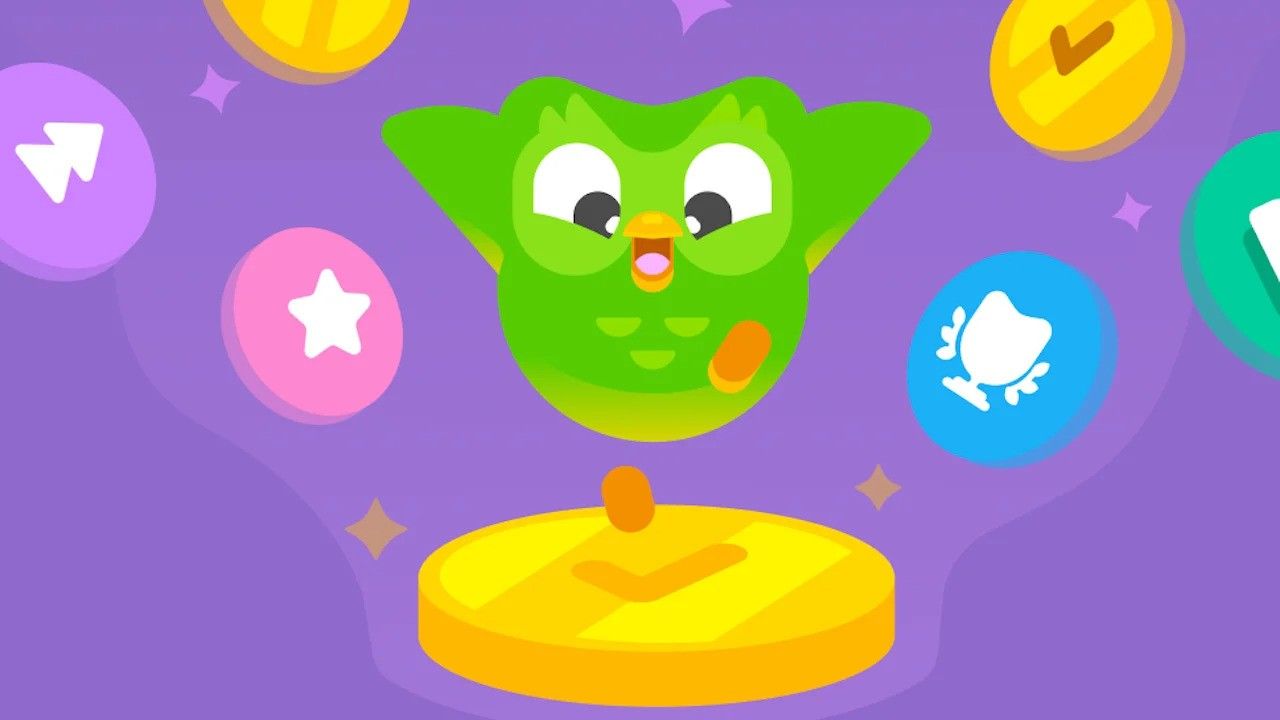
Quick Links
Services
Join Our Newsletter
We will get back to you as soon as possible.
Please try again later.
All Rights Reserved | Mobile Game Doctor | Accessibility | Privacy Policy | Terms & Conditions




